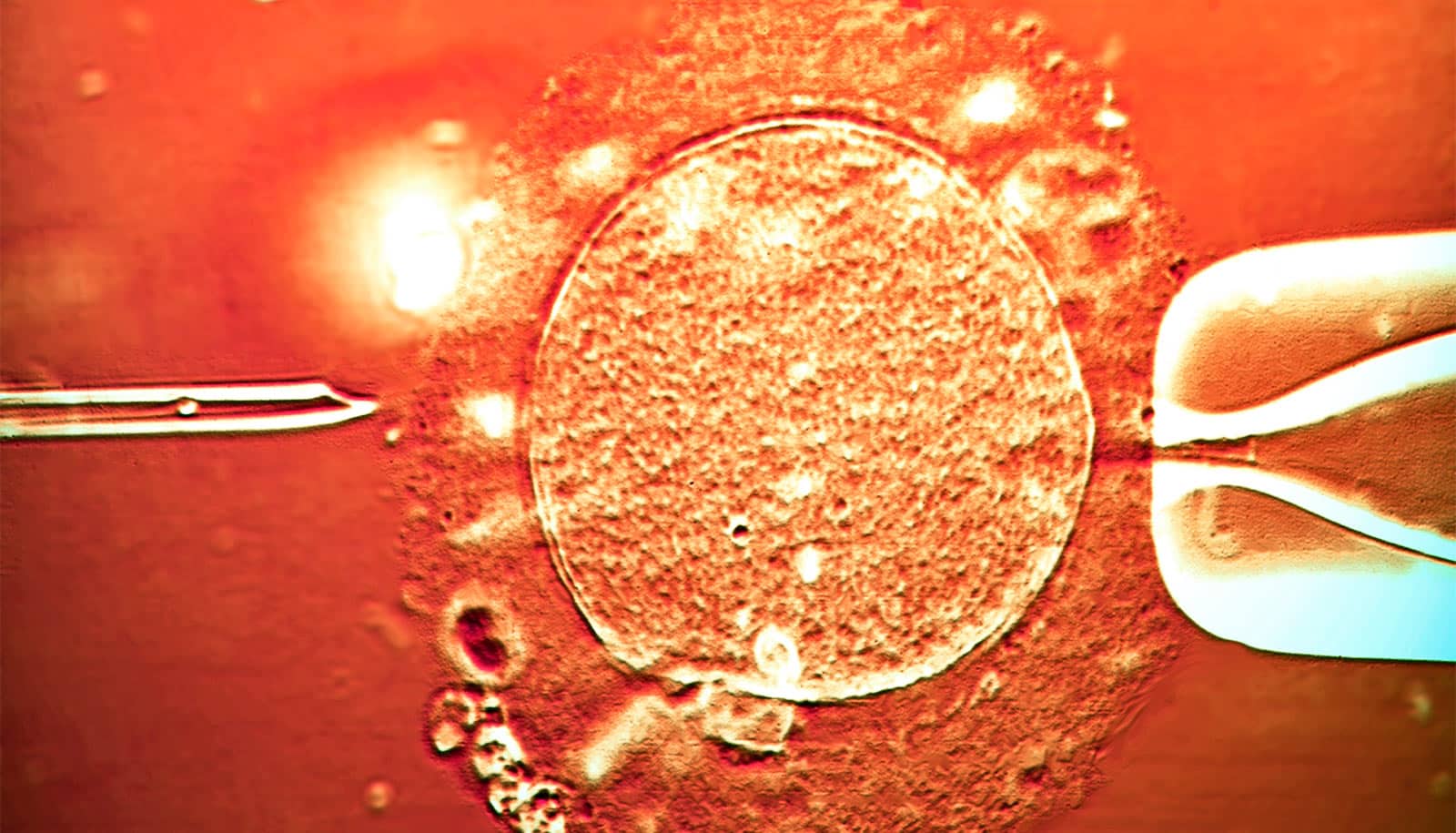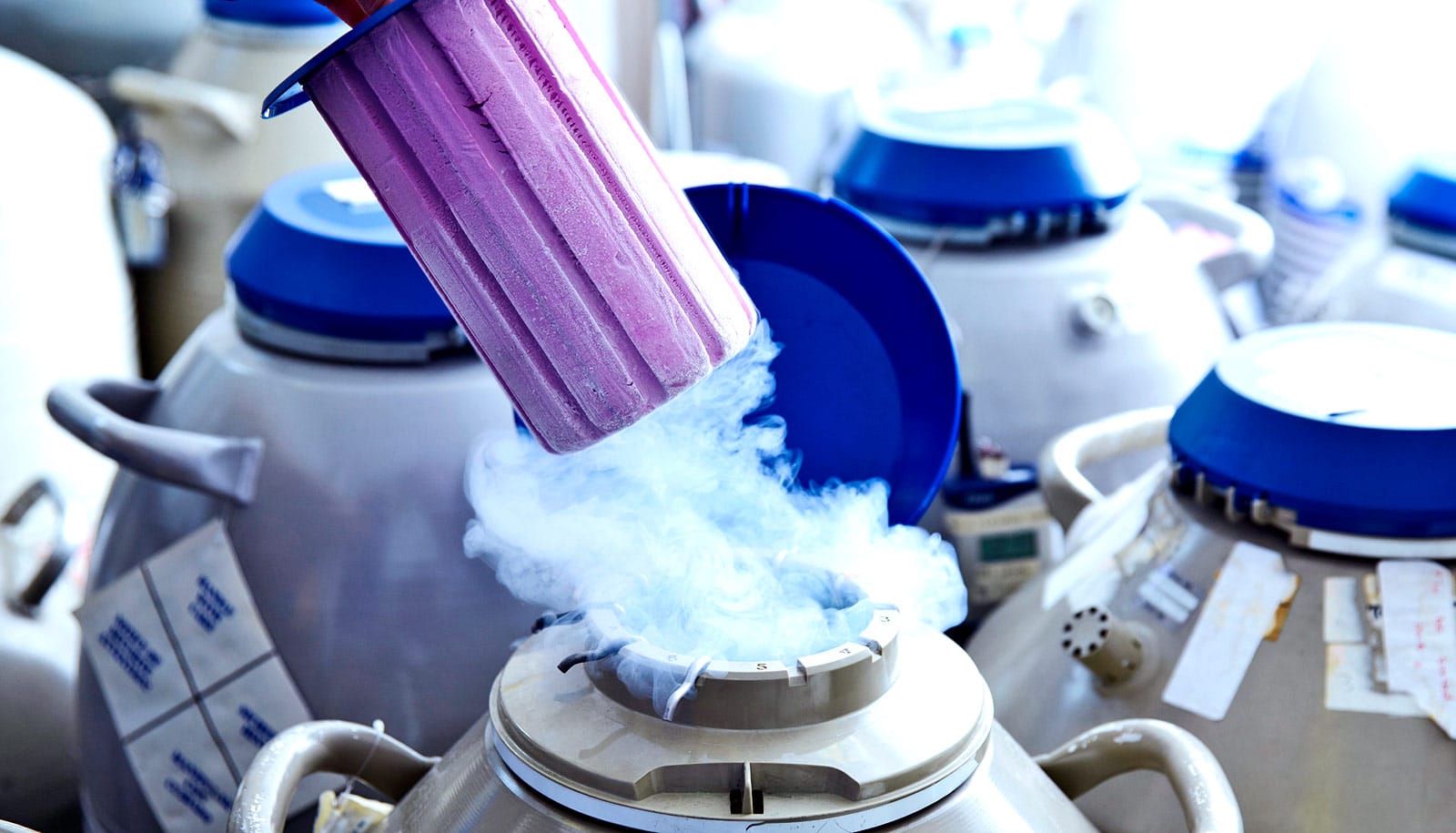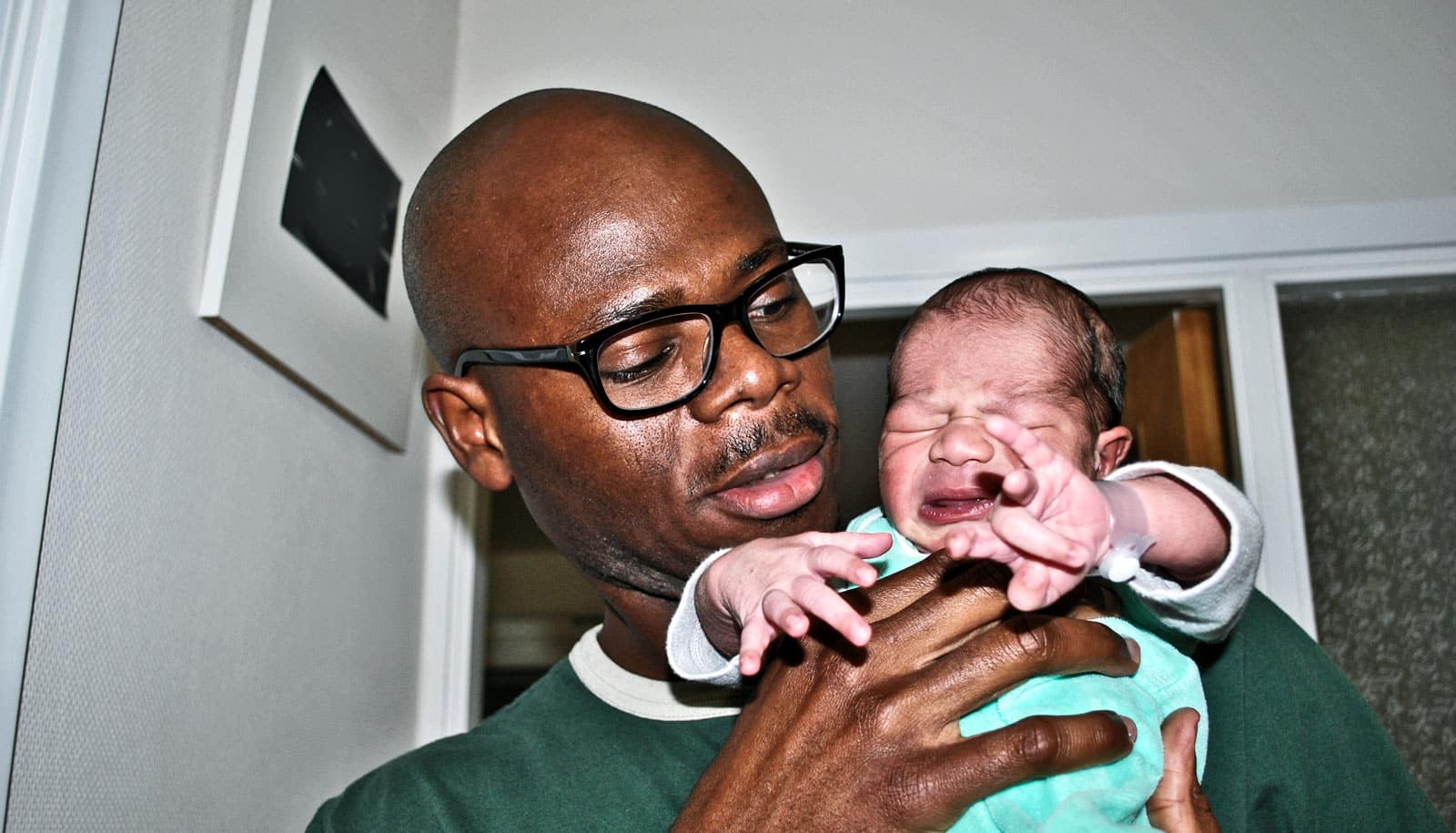A particular enzyme plays a role when genetic machinery begins at the very first stage of life: as a single cell after fertilization, researchers report.
The researchers believe that the new finding may explain why some fertilizations fail.
All people start life as a single cell. After a sperm cell has fertilized an egg, several processes must follow for the cell to become a human being.
However, this development sometimes go awry, both with natural fertilization and when people get help from a fertility clinic. Therefore, researchers are constantly trying to learn more about what happens in very early development.
Now, researchers have gained new insights into the factors that drive the genetic processes at the beginning of life. In the new study in Nature Cell Biology, they found a specific enzyme that seems to control whether the development starts properly.
“You could envision the DNA strand in the very first cell as a large landscape. On it, some runways have been marked which show the way for other molecules and indicate which genes need to start first,” says Eva Hoffmann, professor at the cellular and molecular medicine department at the University of Copenhagen.
“We have now found an enzyme that keeps the runways open. In other words, the enzyme ensures that the fetal development can start in a proper and healthy manner.”
The researchers mapped the presence and activity of the enzyme in both human eggs and mice. They also investigated the significance of deactivating the enzyme in mice.
“In order for a fetus to develop in a healthy manner, the cells need to be able to divide. But in our study, we can see that the cell division does not start properly if the enzyme has been deactivated. The right gene programs will not be turned on. And that means that the fertilized egg never develops into more than four cells before they are lost,” Hoffmann says.
She explains that keeping the runways open is the way DNA physically looks inside the cell. The reason: biological processes in the cells are dependent on the availability of the genes.
“Once the sperm cell has fertilized the egg, the DNA is packed very tightly. If the enzyme is not there to open the runway, it is inaccessible to outside molecules. This means that the right gene programs cannot be switched on and started,” says Hoffmann.
The researchers embarked on the research project because they wanted to find out why a large proportion of fertilizations go wrong. They say they hope fertility clinics will use the new results in the long term.
Source: University of Copenhagen



